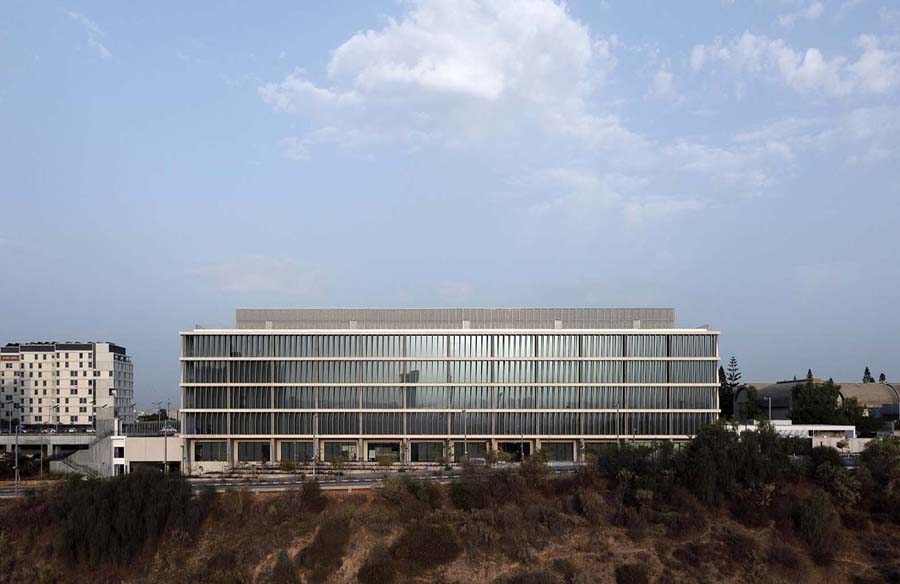Environmental Classroom UES A Sustainable Educational Initiative

Introduction
The Environmental Classroom UES, a collaborative project led by the TAGMA Civil Association, stands as a testament to the power of education, sustainability, and community engagement. With a network of nine environmental classrooms across Latin America, this initiative aims to foster environmental awareness and participatory learning in diverse communities.
 Collaborative Approach
Collaborative Approach
TAGMA works closely with local partners, including municipalities, educational institutions, and architectural teams, to realize these small-scale educational buildings. Through a participatory design process, stakeholders come together to envision spaces that meet the unique needs of each community.
 Case Study: Colombia
Case Study: Colombia
In Colombia, the Environmental Classroom project took shape in partnership with Plan:b arquitectos and the El Rincón Educational Institution in San Jerónimo, Antioquia. Drawing inspiration from the existing school layout, the new construction follows the urban scheme of parallel bars, integrating seamlessly with the surrounding landscape.
Sustainable Design
The classroom features a blend of sustainable materials and innovative design elements. The structure, crafted from immunized wood, clay bricks, and guadua, boasts durability and low maintenance. Generously glazed facades and a palm roof ensure ample natural light and ventilation, reducing the need for artificial heating and cooling.
Renewable Energy
To further minimize environmental impact, the classroom incorporates solar panels that generate sufficient energy for its operation. This, coupled with cross ventilation and optimal orientation, underscores the commitment to energy efficiency and renewable resources.
 Water Management
Water Management
An autonomous water system, comprising earthen bricks, recycled bottles, and biodigesters, highlights the importance of water conservation and resourcefulness. Wastewater is channeled to botanical cells, while vegetable gardens and compost bins further contribute to sustainable practices.
Educational Experience
Beyond its physical attributes, the Environmental Classroom serves as a hub for theoretical and practical environmental education. Sustainable strategies, from waste treatment to biodiversity preservation, are integrated into the curriculum, enriching the learning experience and fostering a deeper connection to the natural world.
 Conclusion
Conclusion
The Environmental Classroom UES exemplifies the transformative power of education and sustainable design. By engaging communities, leveraging local resources, and prioritizing environmental stewardship, this initiative paves the way for a more resilient and ecologically conscious future.


























